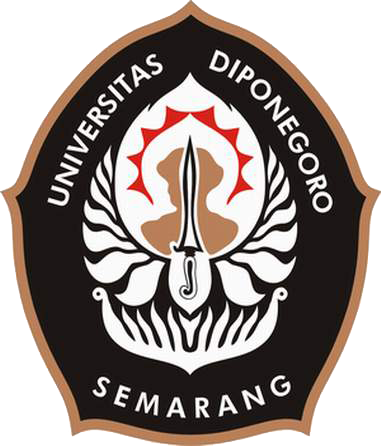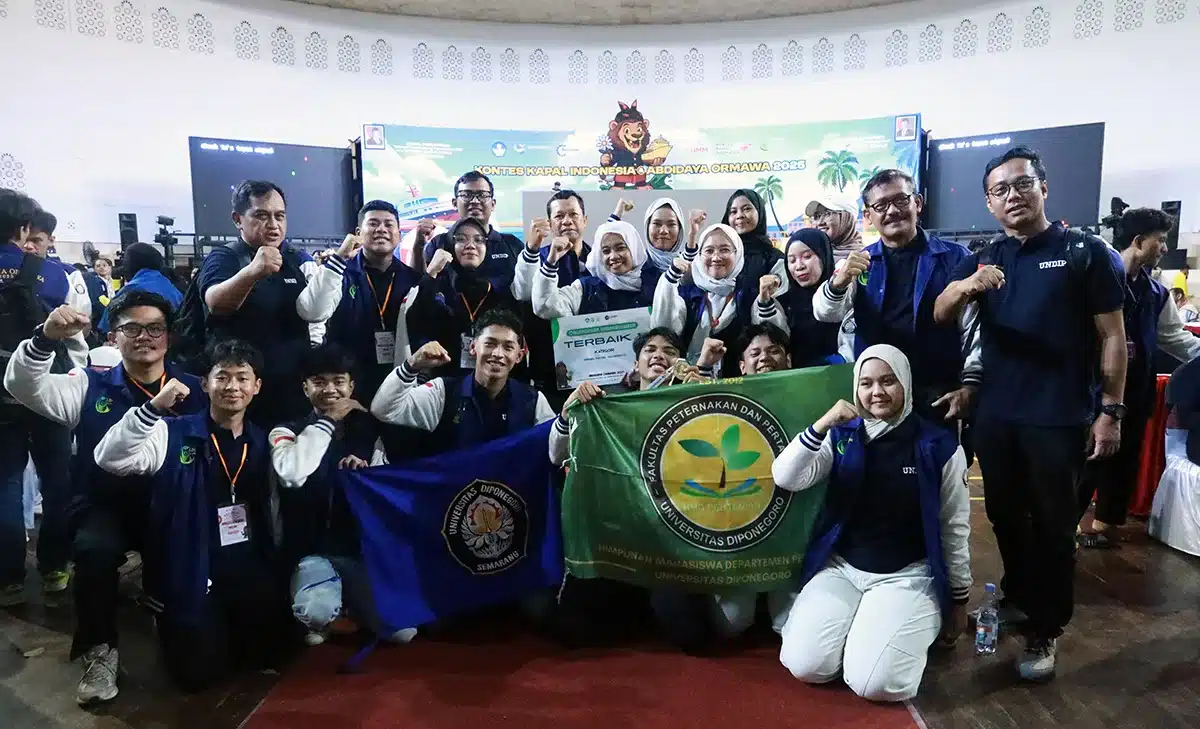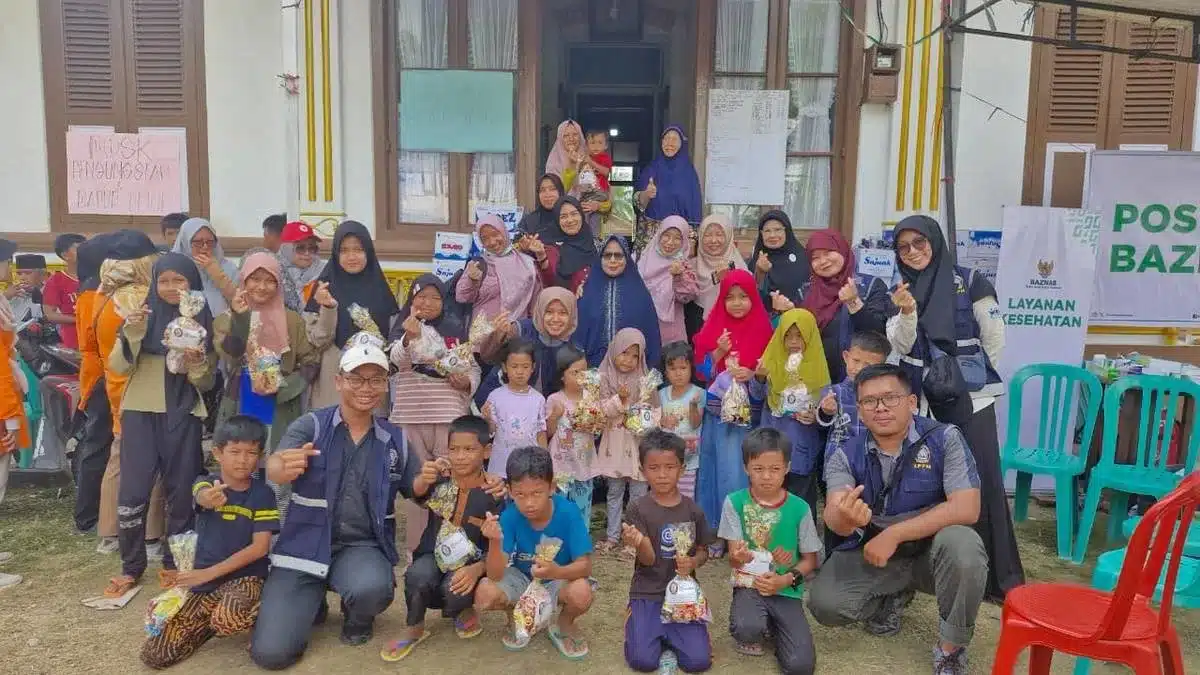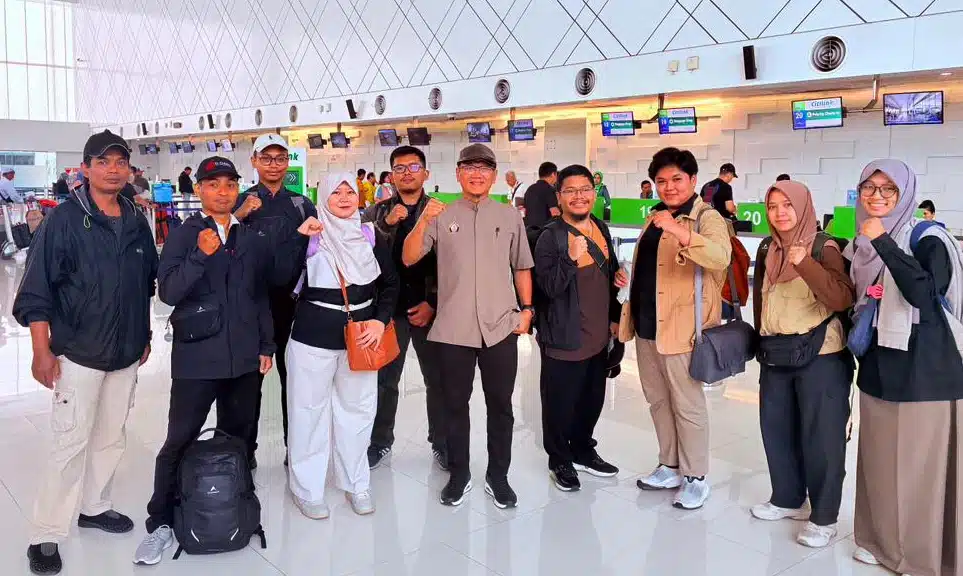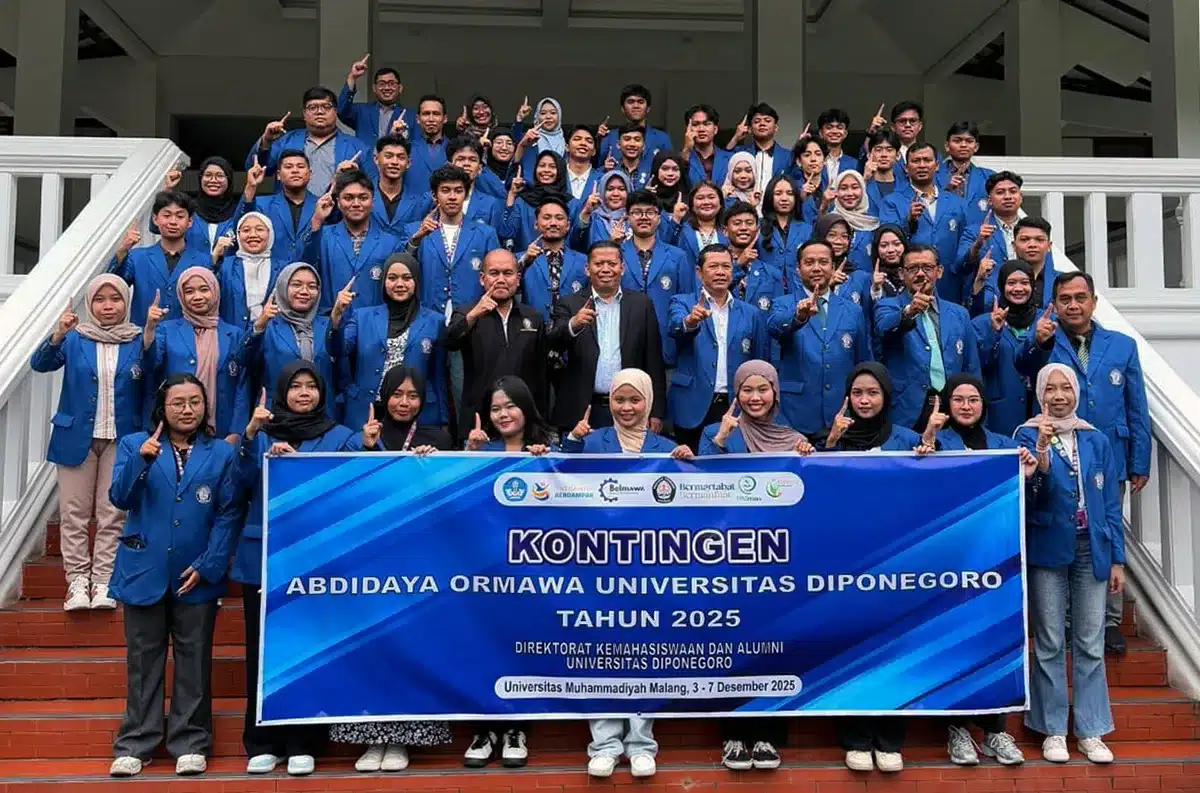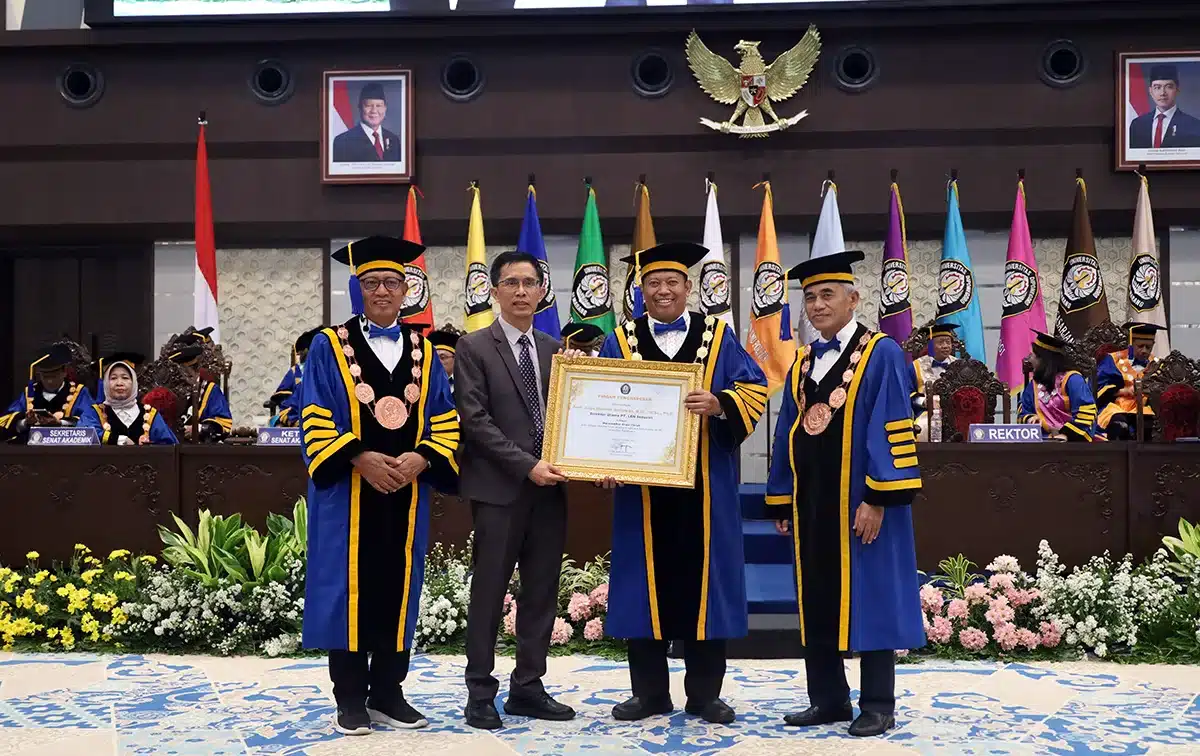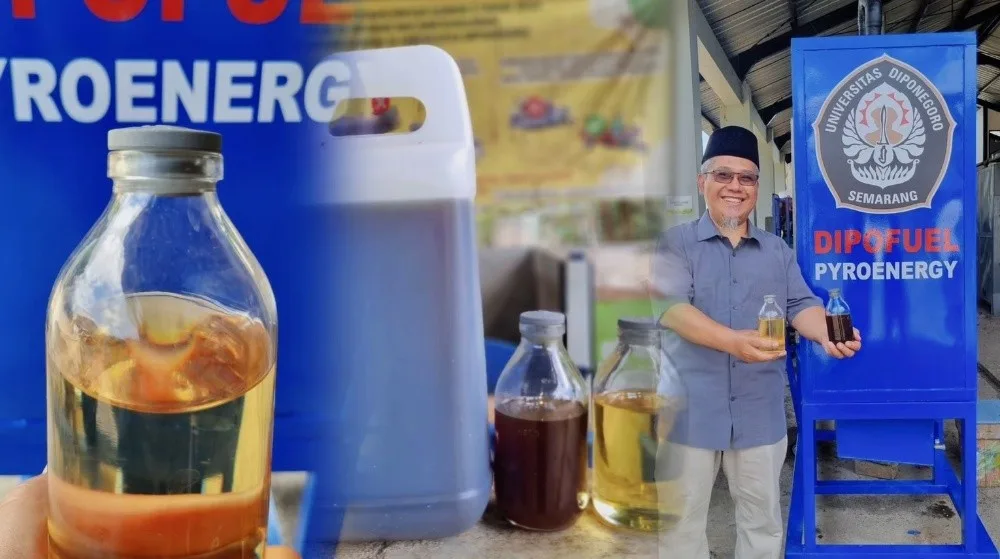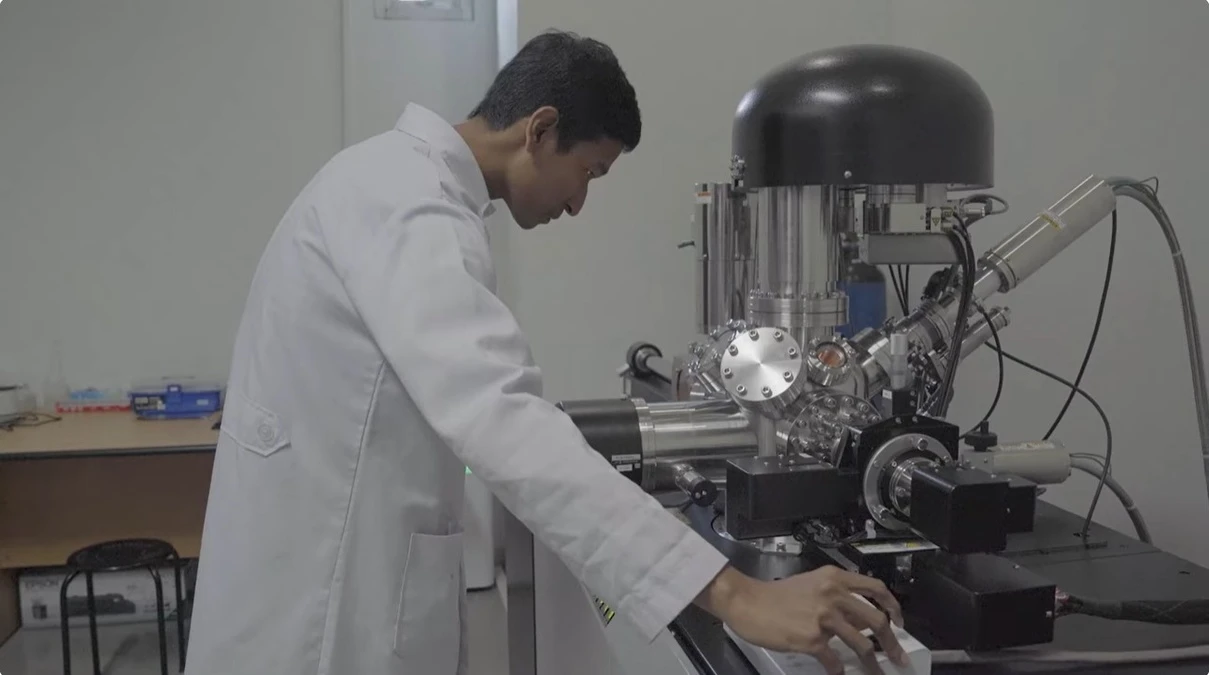UNDIP, Semarang (September 18, 2025) – A university’s progress does not only emerge from lecture halls but also from research laboratories that serve as the heart of innovation. At Universitas Diponegoro (UNDIP), that role is carried out by the Integrated Laboratory Unit (UPT Laboratorium Terpadu). This research hub not only provides facilities but also builds a collaborative, cross-disciplinary ecosystem.
In the UNDIP Podcast, Prof. Dr. Ir. Istadi, S.T., M.T., Head of the Integrated Laboratory Unit and an expert in catalysis and plasma catalysis from the Department of Chemical Engineering, Faculty of Engineering, shared his insights on the laboratory’s strategic role in supporting research and innovation at UNDIP.
He stressed that the unit is more than just a laboratory. “UNDIP has a category-4 laboratory at the central level. It is called ‘integrated’ because it combines research laboratories, Centers of Excellence in Science and Technology (Pusat Unggulan Iptek / PUI), and testing and analysis services that researchers greatly need,” Prof. Istadi said. According to him, this combination positions the unit alongside leading national research institutions.
UNDIP’s primary objective is to produce research that not only addresses national issues but also gains international recognition through publication in high-impact journals. To achieve this, every study managed by the Institute for Research and Community Service (LPPM UNDIP) requires strong support from the Integrated Laboratory Unit, which provides access to facilities and modern research equipment regularly updated with technological advances.
UNDIP’s commitment to valuable research is evident through sustained investments in high-tech laboratory instruments funded by both the university and the government. Among them are a high-resolution Transmission Electron Microscope (TEM) and an X-ray Photoelectron Spectroscopy (XPS) system, the latter of which is owned by only three institutions in Indonesia: BRIN, UNDIP, and the Universitas Indonesia.
Other facilities include an Atomic Force Microscope (AFM), Scanning Electron Microscope (SEM), X-Ray Diffraction (XRD), Gas Chromatography (GC), and High-Performance Liquid Chromatography (HPLC), reinforcing UNDIP’s position as a multidisciplinary research hub capable of tackling national challenges.
“These advanced instruments reflect UNDIP’s commitment to supporting cutting-edge research by lecturers, students, and partners. While they are often used in the natural sciences, cross-disciplinary collaboration remains wide open,” Prof. Istadi explained. He cited examples such as the Disaster Mitigation program made by Centers of Excellence in Science and Technology, which involves various fields, and the bionic hand innovation by Prof. Dr. Rifky Ismail, S.T., M.T., which the Integrated Laboratory Unit largely supported.
The unit is not limited to the exact sciences. Programs like Disaster Mitigation demonstrate how technology, social sciences, health, and environmental studies can synergize to create impactful solutions.
The results are already visible. From Prof. Rifky Ismail’s bionic hand to ozone and plasma technology research by Prof. Dr. Muhammad Nur, DEA, the laboratory has witnessed the birth of groundbreaking innovations that have been recognized nationally and internationally.
In addition to serving the academic community, the Integrated Laboratory Unit is also open to the public and industry. Many private companies and individuals use its testing services. To enhance accessibility, the unit provides the digital system SIMLAB (https://simlab.undip.id), offering information on services, fees, and online booking.
Its testing laboratory meets SNI ISO 17025:2017 standards with international accreditation, ensuring quality assurance in every result. “Although not all parameters are accredited yet, our mindset is to guarantee quality for every user,” Prof. Istadi affirmed.
Looking ahead, UNDIP targets research that not only appears in reputable international journals but also delivers tangible benefits to society. Annual investments in research equipment remain a sustainable strategy to maintain relevance and competitiveness.
The unit also ensures that students are not left behind. From undergraduate theses to doctoral dissertations, UNDIP students have access to the laboratory while collaborating with lecturers on real research projects.
With its strategic role as a service, collaboration, and innovation hub, the Integrated Laboratory Unit proves that “Noble and Valuable UNDIP” is more than just a tagline—it is a real commitment. Through its support for the Diktisaintek Berdampak program, UNDIP continues to prioritize research as the driving force of national progress, advancing its path toward becoming a world-class research university. (Public Communication/ UNDIP/ DHW&Ronaa)

